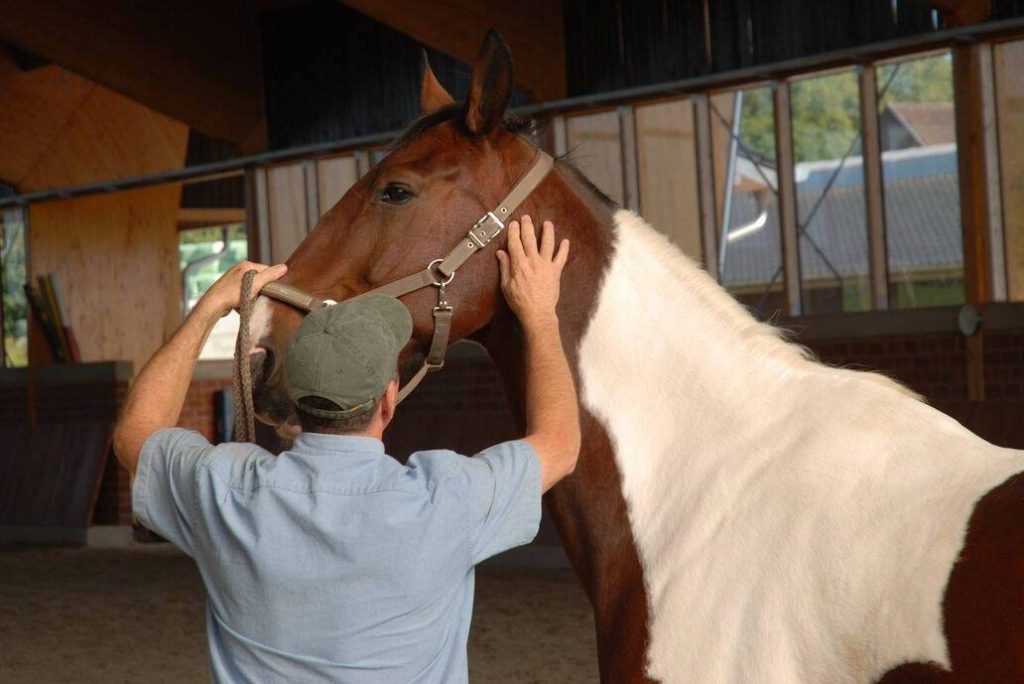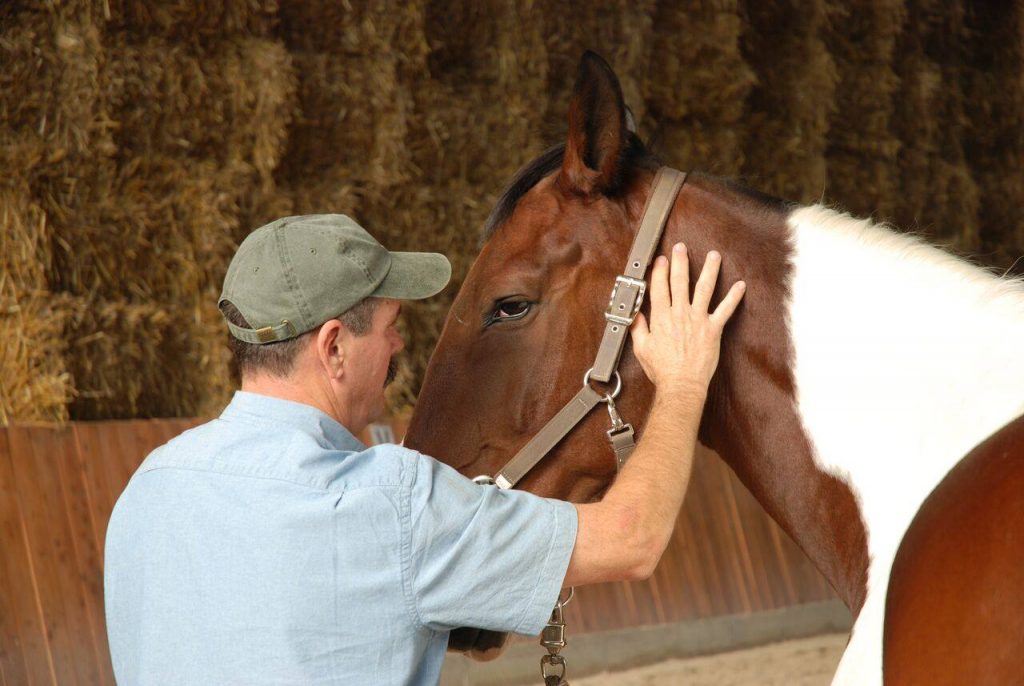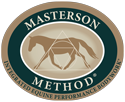
When discussing head-shy horses, often the first question that is asked is whether it is a behavioral issue or a physical issue? One of the first signs that something may be a behavioral issue would be how relatively easy it is to train through. If a behavior is unreasonably difficult to train out of the horse, is consistent or keeps coming back, then you might consider the possibility that it is a physical discomfort or pain issue.
In my experience, 95% of head-shy horses have excessive pain and tension in the poll. Usually by the time it reaches the point of head-shyness, it’s extreme. There are things you can do to help the horse release this tension but you also want to determine what’s creating it in the first place so that you can prevent it from returning.
There’s a long list of possible causes for physical discomfort or pain in your horse’s poll. The most obvious would be a trauma from an outside source, for example, rearing up and hitting the head in the trailer or on a beam. Other possibilities might be ear-twitching, or hard-tying a horse that pulls back. By the time the horse learns that pulling back isn’t going to work, often the damage is done – especially if the horse is strong-willed or panics easily. This doesn’t necessarily mean that it’s permanent and can’t be undone but tension in this area doesn’t easily let go on its own. In fact the horse does a lot better job of covering it up than letting it go.
There’s also the likelihood that pain in this area is being created by physical issues elsewhere in the horse. Virtually any discomfort will affect the poll. Sore front feet and dental problems are two common causes of pain in the poll. If the horse has a sore foot or feet, he also may be girthy, or react to palpation at the pectoral muscle under the girth line on the same side as the sore foot and will be more head-shy on that side. Dental issues will also create pain in the TMJ, which radiates into the poll. A poor fitting saddle pinching a sore back behind the withers can create pain on the top of the poll as the horse tenses along the top line to get away from the saddle. Even sore hocks will create tension in the hamstrings which pull on the sacrum creating tension in the atlas (first vertebra of the neck, behind the poll).
If your horse is head-shy there’s a good chance that it might be a physical discomfort and not a training issue. Simple body work techniques can help to release this discomfort such as The Bladder Meridian and Lateral Cervical Flexion Techniques which are easy to use and can both be found at https://mastersonmethod.com/free-educational-videos. The Bladder Meridian Technique bypasses the horse’s survival-defense response and connects directly with that part of the horse’s nervous system that releases tension. The Lateral Cervical Flexion Technique also releases tension and restores movement to the poll and atlas. Releasing tension in this area can be one of the most rewarding things you can do for and with your horse.
Learn more about The Masterson Method® by ordering a copy of the Beyond Horse Massage Book.
Get hands-on training at a Beyond Horse Massage Weekend Seminar near you.

